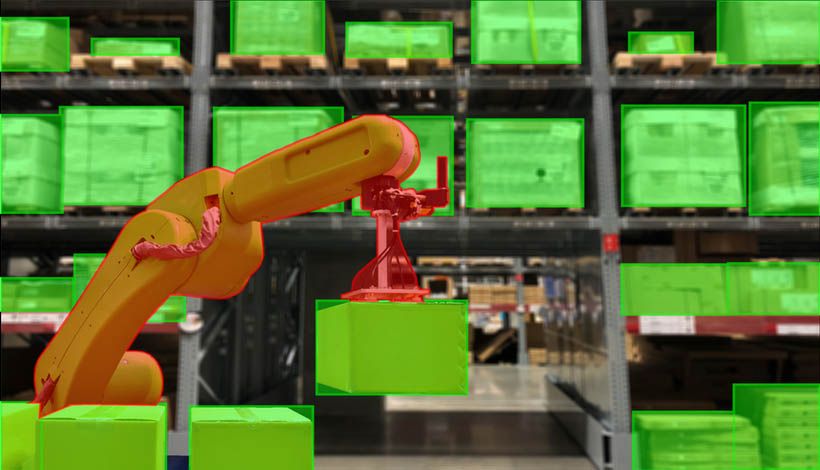AI vs. Deep Learning vs. Machine Learning: What's the Difference?

Artificial intelligence is the future. Movies and TV shows like Ex Machina, The Terminator, Westworld, and Her paint a world that’s eerily similar to our own, in which machines can do everything humans can, and more — infinitely more.
But AI is an umbrella term. And its applications extend far beyond humanoid robotics. To understand what AI is truly capable of, we need to start with the basics.
So, what is AI? What is the difference between deep learning and machine learning? Let’s get started.
What Is AI?
AI has exploded. Since 2015, increased availability of GPUs paired with a virtually infinite expansion of data storage — combined with the Big Data movement — led to an AI boom that has driven technological innovation for the past few years.
But what is AI exactly? To answer this question, we have to go back to 1956, when the concept of AI was born. The idea was simple: machines that could feel, think, and act like humans. Computers were just emerging, allowing the pioneers of AI to envision a version of the computer that possessed our senses and ability to reason.
They called it “General AI,” and its potential consequences have been outlined in science fiction novels and films ever since. We can’t pull it off just yet.
What we can pull off lies in the realm of “Narrow AI.” These are technologies that can perform specific tasks as skillfully as — or better than — we can. Think of self-driving cars, facial recognition software, or AI-powered medical diagnostics.
All of these technologies capture some facets of human intelligence. But where does that intelligence come from? That’s where machine learning comes in.
What Is ML?
Machine learning (ML) applies mathematical algorithms to parse data, identify patterns within it, and ultimately use it to make real-world predictions. ML eliminates the need for hand-coding specific sets of instructions. In a nutshell, the machine is “trained” with copious amounts of data — called training data — which it uses to learn how to perform a particular task.
Leading algorithmic approaches include decision tree learning, clustering, inductive logic programming, Bayesian networks, reinforcement learning, and more. However, none of these approaches achieved General AI. Even Narrow AI was largely out of reach with early machine learning approaches.
One of the hottest subfields of machine learning was — and still is — computer vision. From it, applications such as driverless cars and unmanned aircraft eventually emerged.
With early machine learning techniques alone, however, computer vision was nowhere near robust enough to enable stop sign detection, much less autonomous vehicles. The arrival of deep learning changed that.

What Is Deep Learning?
Deep learning is inspired by the biology of our brains. Our brains are connected by networks of neurons that communicate through synapses — points of contact — between individual neurons. But when it comes to AI, neural networks refer to something quite different.
Unlike biological networks of neurons, artificial neural networks have discrete layers that dictate the direction of data processing. For example, an image that is processed through a neural net would begin its journey in the first layer of the neural network. Once the first layer performs its task, its output would end up in the second layer. This process is repeated until the initial input reaches the final layer of the network.
At every layer, a weighting is assigned. The final output is the result of these weightings. For example, an image of a stop sign would be dispersed throughout the neural network by its characteristics, including shape, color, and size. The network’s output would conclude whether the image depicts a stop sign based on what’s called a “probability vector.”
Deep learning didn’t fully take shape until 2012, with a breakthrough by Andrew Ng at Google. Ng took these neural networks, expanded them, and threw immense amounts of training data through them, namely 10 million YouTube videos.
That leaves us to today, where image recognition software has become much more accurate and efficient than humans, regardless of whether we’re referring to faces on Facebook or tumors in MRI scans.

High-Quality Image Segmentation for Deep Learning
Computer vision has transformed industries. But no matter how robust your algorithm may be, any machine learning model is only ever as accurate as its training data. That’s why AI companies rely on professional AI annotation services. Keymakr delivers pixel-perfect results within your timeframe and budget.
Are you interested in partnering with our team of machine learning experts to annotate images for deep learning? Get in touch with a member of our team to schedule your personalized demo today.



